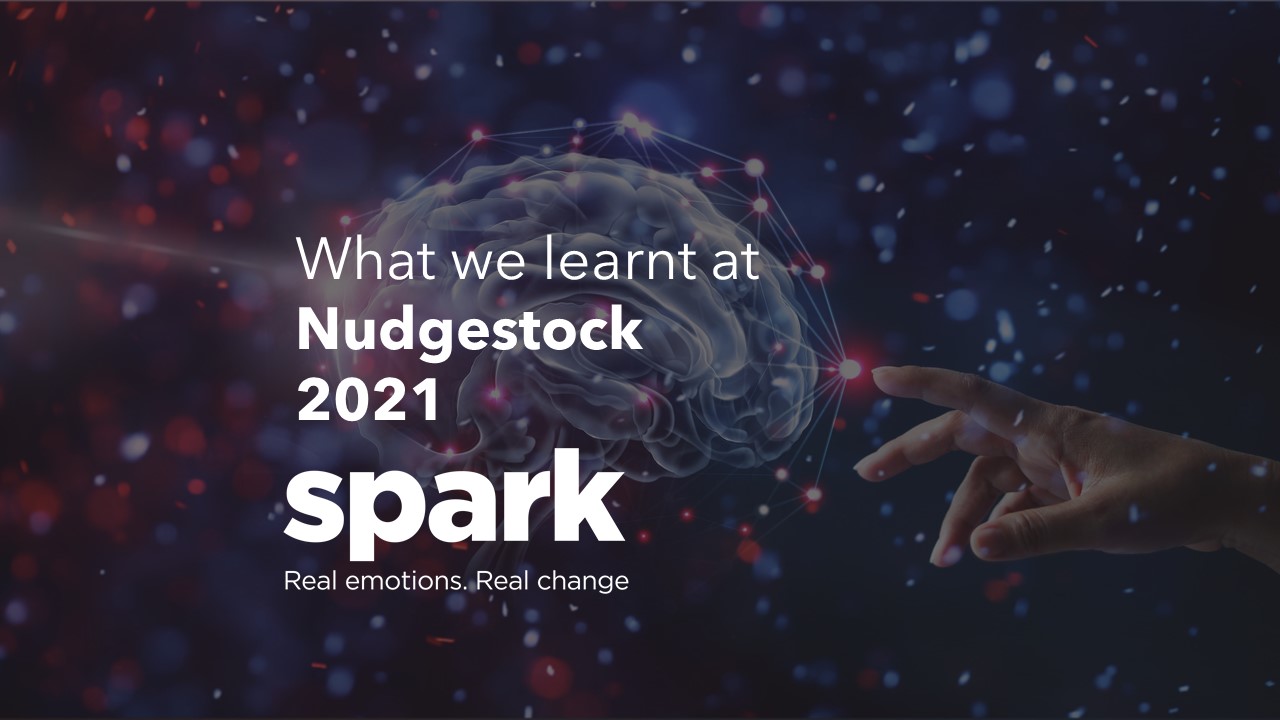This years Nudgestock had a vast array of speakers including heavyweights in the world of behavioural science Daniel Kahneman and Dan Ariely through to leaders in the field working at the largest brands, Coca Cola and Headspace to name a few. Our three main takeaways from the event were
- Behavioural science is no longer a secret to brands
- Behavioural science is evolving
- Behavioural science can be more fruitful when accompanied by data science and design.
Continue reading to find out more about what we learnt.

1. Behavioural science is no longer a secret to brands
Behavioural science once stayed within the parameters of academia however it is now commonplace amongst retailers and FMCG brands. Many brands have their own behavioural science team or commission research with a behavioural science angle. This has provided an opportunity to test behavioural science theories beyond university students, to a wider population in real-life scenarios.
For example, the Senior Director of Behavioural Science at Headspace (the top 2 grossing health and fitness app worldwide) used principles of behavioural science to tackle their app usage challenges. They found subscribers were not using headspace enough to derive its benefits. As a result, they conducted an 8-week study with new users using a variety of methodologies from diary studies, qualitative interviews and qualitative analysis. Using a behavioural science lens they identified the first 30 days required too much cognitive effort and many were joining under acute stress and anxiety. This allowed them to design behavioural interventions, coupled with user design to address these needs. The result was a 9% improvement in engagement following their interventions.
2. Behavioural science is evolving
Daniel Kahneman voiced another factor that highly influences our decision making which he calls ‘Noise’. This refers to unwanted variability in our decision making and this is best showcased by the fact you will rarely get the exact same result twice, there is always some degree of variability.
For example, in the justice system, there is variability between judges (e.g. some are more optimistic) variability within a judge (e.g. the time of the day/ mood) and variability between environments and cultures (e.g. regions, countries). This results in an inconsistent justice system where sentencing can range from 3 months to 30 years for the same crime. The ‘Noise’ element is separate to biases and the relationship between the two will be covered in his new book Noise.
Furthermore, the once government-led Behavioural Insights Team who developed the widely used MINDSPACE model also support the notion to go beyond biases. Decision making is a complex system with a range of factors and systems at play. Quite often there is a reluctance to stop considering a bias, even when evidence is stacked against it.
As with any science, behavioural science will adapt, change and develop as we gain more and more research into the area, especially aided by real-world experiments taking place across various sectors. What is relevant today, may not be relevant tomorrow.
3. Behavioural science can be more fruitful when accompanied by data science and design.
Any research is more reliable when it’s based on real-time data. The world of the internet means there has never been more data to understand consumer preferences, behaviours and to predict future outcomes. While ethically questionable, behavioural science can be most effective when partnered with data scientists, user design and AI, using real-time data to draw insights and predict future behaviour. With our world shifting more and more online, we suspect this closer integration of behavioural science will continue to grow.
How we can help
At Spark Emotions, we have a team of consumer psychologists and behavioural science experts combined with industry knowledge to get the right balance between science and its real-life application to industry challenges. Keeping ahead with science means we’re forward-thinking and using the latest insights and research to help our clients.

Written by Sinita Govind, Associate Director at Spark Emotions
If you have any questions, feel free to reach out to Sinita via email sinita.govind@sparkemotions.com or connect with her on LinkedIn







